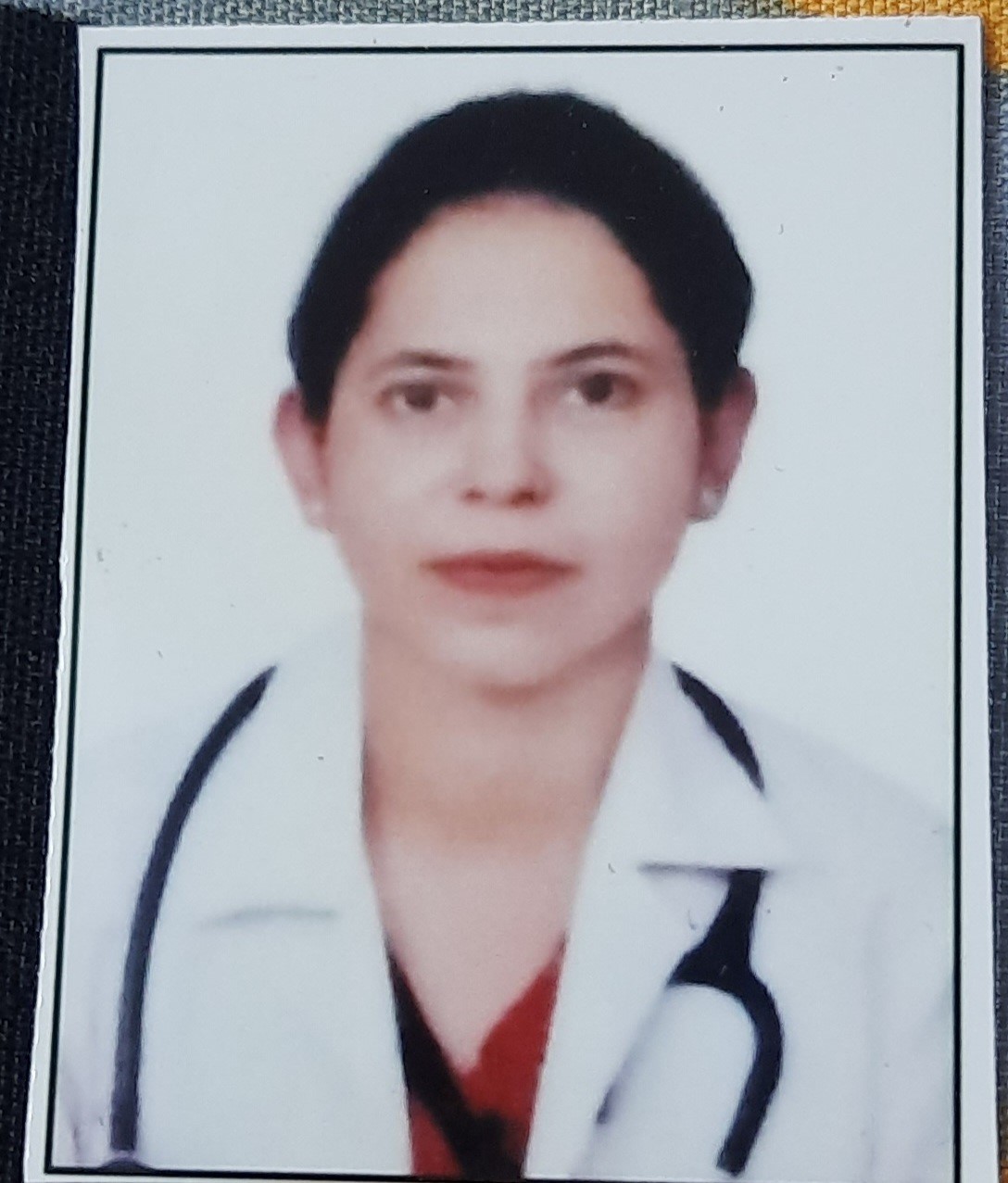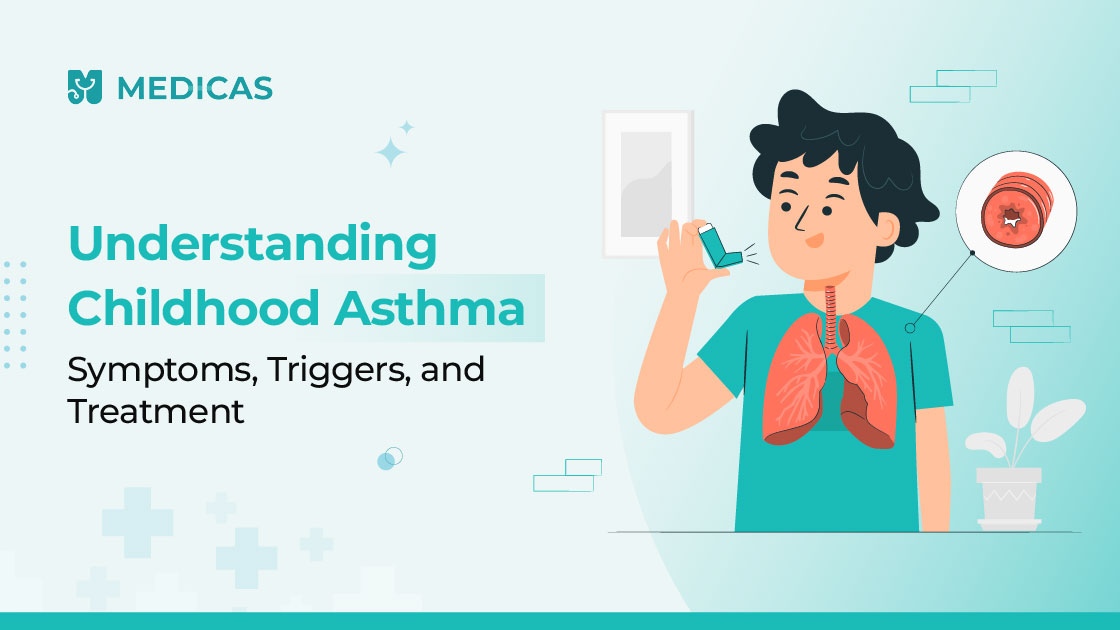Childhood asthma is a chronic condition that affects the airways of children, making it difficult to breathe. It’s a common concern for parents, and understanding its symptoms, triggers, and available treatments is crucial for managing the condition effectively. This article provides a comprehensive guide to help you navigate the challenges of childhood asthma and ensure your child leads a healthy, active life. Many parents wonder, “How to control asthma in kids?” This guide aims to answer that and more. Recognizing the signs of childhood asthma is the first step towards proactive management. From identifying early symptoms to exploring long-term management strategies, we will cover all essential aspects of childhood asthma. We’ll also delve into causes of childhood asthma and available childhood asthma treatment options to empower you with the knowledge you need.
What Is Childhood Asthma?
Childhood asthma is a chronic respiratory disease that inflames and narrows the airways in the lungs. This inflammation makes it harder for air to flow in and out, leading to symptoms like wheezing, coughing, chest tightness, and shortness of breath. Understanding that asthma is a long-term condition is vital for effective managing childhood asthma. Unlike occasional breathing difficulties, asthma in children is persistent and requires ongoing care. It’s important to differentiate between a simple cold and asthma, as misdiagnosis can delay proper childhood asthma treatment. Recognizing the childhood asthma symptoms is crucial for early intervention.
Common Symptoms and Signs of Childhood Asthma
Recognizing the signs early can make a significant difference in managing the condition. The most common childhood asthma symptoms include:
- Wheezing: A whistling sound when breathing, especially while exhaling.
- Coughing: Frequent coughing, particularly at night or early morning.
- Shortness of Breath: Difficulty breathing or rapid breathing.
- Chest Tightness: A feeling of pressure or tightness in the chest.
Other subtle signs of childhood asthma may include fatigue, difficulty in playing or exercising, and trouble sleeping due to breathing problems. If you notice any of these symptoms, it’s essential to consult a doctor. You can easily consult an online doctor to discuss your concerns.
When to Seek Medical Help for Asthma Symptoms
Knowing when to seek medical help is crucial. If your child experiences severe symptoms such as:
- Severe shortness of breath
- Blue lips or fingernails
- Chest pain
- Extreme difficulty speaking or walking
These are signs of a severe asthma attack and require immediate medical attention. Even if the symptoms are mild but persistent, it’s essential to consult a healthcare provider for diagnosis and a tailored childhood asthma treatment plan. Early diagnosis and intervention can significantly improve your child’s quality of life. You might consider consulting a paediatrician for an initial assessment.
Causes and Triggers of Childhood Asthma
The exact causes of childhood asthma aren’t fully understood, but it’s believed to be a combination of genetic and environmental factors. Children with a family history of asthma or allergies are more likely to develop it. Understanding potential triggers is essential in managing childhood asthma. Common triggers include allergens like pollen, dust mites, mold, and pet dander. Irritants such as smoke, air pollution, and strong odors can also provoke asthma symptoms. Respiratory infections, such as colds and flu, and even exercise can trigger asthma in some children.
Common Environmental Triggers
Identifying and minimizing exposure to environmental triggers is a key part of managing childhood asthma. Some common environmental triggers include:
- Pollen: Seasonal pollen from trees, grasses, and weeds.
- Dust Mites: Tiny creatures found in bedding, carpets, and upholstered furniture.
- Pet Dander: Allergens from pet fur or feathers.
- Mold: Grows in damp areas such as bathrooms and basements.
- Smoke: Tobacco smoke and smoke from burning wood or grass.
- Air Pollution: Outdoor air pollutants, such as ozone and particulate matter.
Taking steps to reduce exposure to these triggers can help prevent asthma attacks. Regularly cleaning your home, using air purifiers, and avoiding smoking indoors are all helpful measures.
Triggers of Childhood Asthma
Asthma triggers vary from child to child, but environmental factors are among the most common and concerning causes, especially in urban areas. One major trigger is outdoor air pollution. Pollutants from vehicles, industries, construction sites, and crop or waste burning can irritate a child’s airways and lead to inflammation or asthma attacks.  This visual illustrates common sources of outdoor air pollution and highlights how air quality is measured. Exposure to poor air quality can aggravate asthma symptoms and increase hospital visits, especially in sensitive groups like children.
This visual illustrates common sources of outdoor air pollution and highlights how air quality is measured. Exposure to poor air quality can aggravate asthma symptoms and increase hospital visits, especially in sensitive groups like children.
Treatment Options for Childhood Asthma
Effective childhood asthma treatment involves a combination of medication and lifestyle adjustments. The goal is to control symptoms, prevent asthma attacks, and allow children to participate fully in their daily activities. Treatment plans are typically tailored to the individual child’s needs and the severity of their asthma. Medications commonly used in childhood asthma treatment include:
- Inhaled Corticosteroids: These reduce inflammation in the airways and are used as a long-term control medication.
- Bronchodilators: These relax the muscles around the airways and are used to quickly relieve symptoms during an asthma attack.
- Combination Inhalers: These contain both a corticosteroid and a bronchodilator.
- Leukotriene Modifiers: These medications block the effects of leukotrienes, substances that cause airway inflammation.
Medications and Inhalers Explained
Understanding the different types of medications and how to use them correctly is crucial for effective asthma management. Inhaled corticosteroids, such as fluticasone and budesonide, are used daily to reduce airway inflammation. Bronchodilators, like albuterol, provide quick relief during asthma attacks by relaxing airway muscles. It’s important to use inhalers with a spacer, especially for younger children, to ensure the medication reaches the lungs effectively. Always follow your doctor’s instructions carefully and book an appointment for any clarifications. Parents should also be trained on how to recognize early warning signs of an asthma attack and how to administer rescue medication. Regular check-ups with a healthcare provider are essential to monitor asthma control and adjust the treatment plan as needed.
Managing Childhood Asthma: Daily Life and Prevention
Managing childhood asthma involves creating a supportive environment and implementing strategies to minimize triggers. This includes regular cleaning to reduce dust mites and mold, using allergen-proof bedding, and avoiding exposure to smoke and strong odors. Encouraging a healthy lifestyle with regular exercise and a balanced diet can also help improve overall lung function. Parents should work closely with their child’s healthcare provider to develop an asthma action plan. This plan outlines the steps to take in case of an asthma attack, including when to use rescue medication and when to seek emergency medical care. Educating your child about their asthma and involving them in their care can empower them to manage their condition effectively.
How to Control Asthma in Kids?
Controlling asthma in kids involves a multi-faceted approach. Firstly, adhering to the prescribed medication schedule is vital. Secondly, identifying and avoiding triggers plays a significant role. Ensure your child’s environment is free from common allergens like dust, pollen, and pet dander. Regular exercise is important but should be done with caution. Always have a bronchodilator handy during physical activities. Check out these home remedies that may help manage some symptoms. Also, monitor air quality and avoid outdoor activities on high pollution days. Creating an asthma-friendly environment and educating your child about self-management techniques are key to controlling asthma effectively.
Is Childhood Asthma Curable?
A common question among parents is: “Is childhood asthma curable?” Currently, there is no cure for childhood asthma, but it can be effectively managed with proper treatment and care. Many children experience a reduction in symptoms as they get older, and some may even go into remission. However, asthma can return later in life, so it’s essential to continue monitoring and managing the condition. Focusing on long-term control and prevention is key to improving your child’s quality of life. Regular check-ups with a healthcare provider, adherence to medication schedules, and avoidance of triggers can help minimize symptoms and prevent asthma attacks.
Final Thoughts: Supporting a Child with Asthma
Supporting a child with asthma requires patience, understanding, and a proactive approach. Educate yourself about the condition, work closely with healthcare providers, and create a supportive environment. By empowering your child with the knowledge and skills they need to manage their asthma, you can help them lead a full and active life. Remember, asthma is a manageable condition, and with the right care, children with asthma can thrive. Stay informed, stay vigilant, and always prioritize your child’s health and well-being. Consider using Book Lab Tests to monitor your child’s condition regularly.
Frequently Asked Questions
- What are the early symptoms of childhood asthma?
Early symptoms can include frequent coughing (especially at night), wheezing, shortness of breath, and chest tightness. Some children may also experience fatigue or difficulty in playing or exercising.
- How is childhood asthma diagnosed and treated?
Diagnosis typically involves a physical exam, medical history, and lung function tests, such as spirometry. Treatment includes long-term control medications (like inhaled corticosteroids) to reduce inflammation and quick-relief medications (like bronchodilators) to alleviate symptoms during asthma attacks.
- What triggers asthma attacks in children?
Common triggers include allergens (pollen, dust mites, pet dander), irritants (smoke, air pollution), respiratory infections (colds, flu), and exercise.
- How can parents manage asthma in kids daily?
Parents can manage asthma by creating an asthma-friendly environment, avoiding triggers, ensuring adherence to medication schedules, developing an asthma action plan, and educating their child about self-management techniques.
- Can children outgrow asthma as they age?
Some children experience a reduction in symptoms as they get older, and some may even go into remission. However, asthma can return later in life, so it’s essential to continue monitoring and managing the condition.
Disclaimer
Medical Advice: The information provided in this blog post is for educational purposes only and should not be considered as a substitute for professional medical advice, diagnosis, or treatment. Always consult with a qualified healthcare professional for personalized guidance regarding your specific medical condition.
Accuracy of Information: While we strive to provide accurate and up-to-date information, the field of medicine and viral fevers is constantly evolving. The content in this blog post may not reflect the most current research or medical guidelines. Therefore, it is advisable to cross-check any information provided with reliable sources or consult a healthcare professional.
Individual Variations: The symptoms, causes, treatment options, and preventive measures discussed in this blog post are general in nature and may not apply to everyone. It is important to remember that each individual’s situation is unique, and personalized medical advice should be sought when making healthcare decisions.
External Links: This blog post may contain links to external websites or resources for additional information. However, we do not endorse or have control over the content of these third-party websites. Accessing these links is done at your own risk, and we are not responsible for any consequences or damages that may arise from visiting these external sources.
Results May Vary: The effectiveness of treatment options or preventive measures mentioned in this blog post may vary from person to person. What works for one individual may not work the same way for another. It is essential to consult with a healthcare professional for personalized advice tailored to your specific needs.

Dr. Malika Minocha Bharadwaj is a pediatrician with over 15 years of experience in child and newborn care. Based in Andheri, Mumbai, she holds an MD in Paediatrics and is certified in lactation counselling and infant feeding by BPNI. She has trained at PGI Chandigarh and worked at leading hospitals including Kokilaben, Wadia, and Surya. Her clinical expertise spans NICU/PICU care, vaccinations, allergy management, and breastfeeding support. Dr. Malika is known for her compassionate, evidence-based approach and is a trusted name among parents seeking holistic pediatric care.


